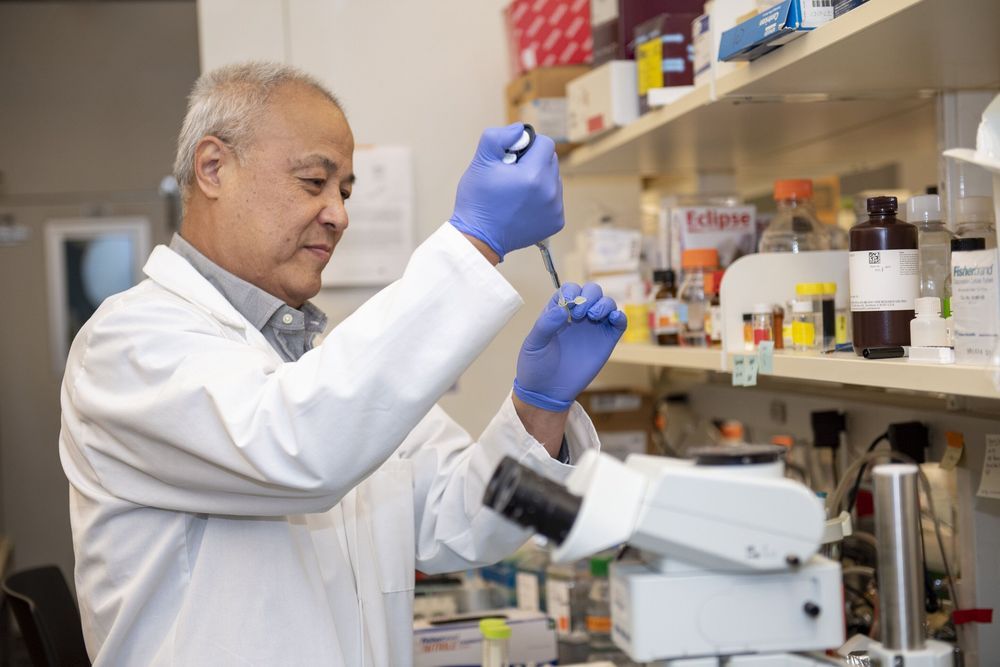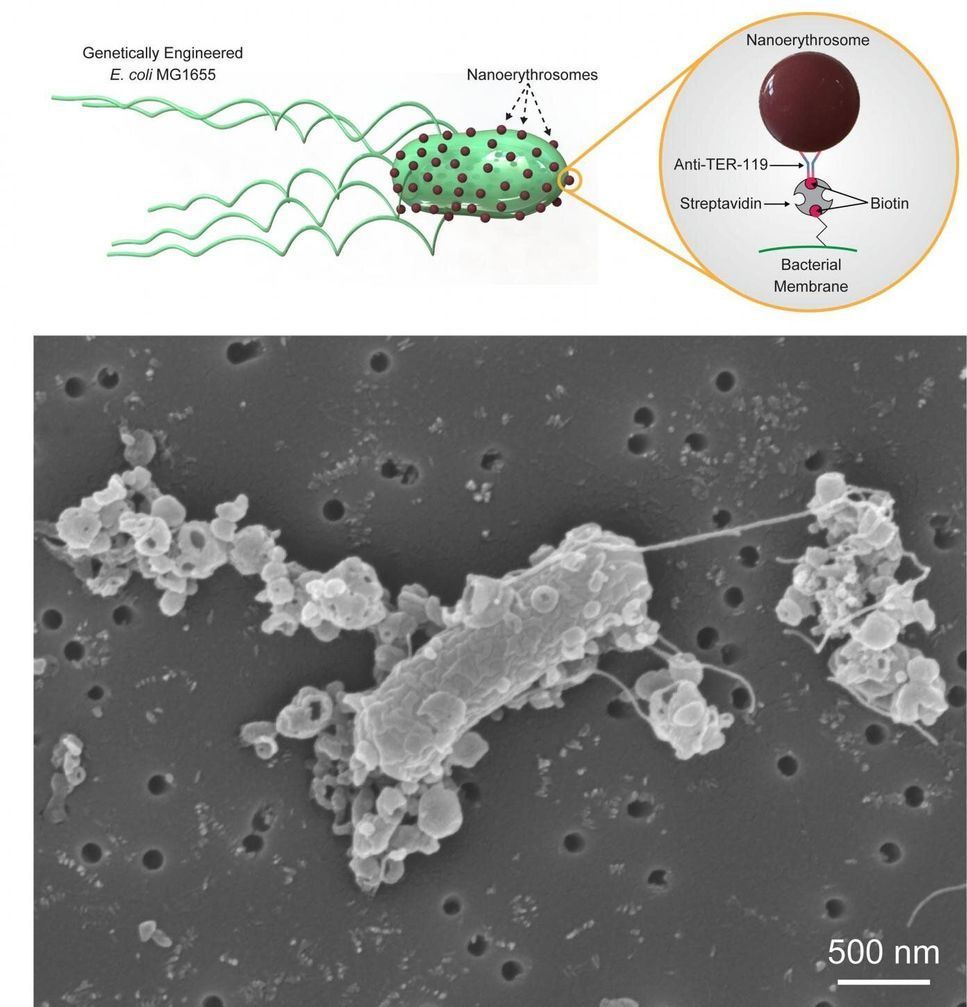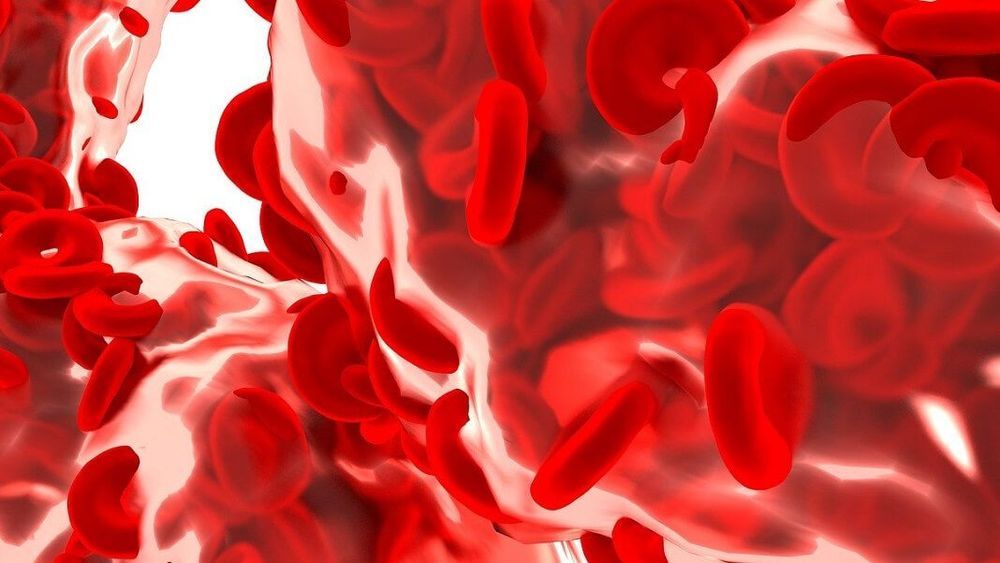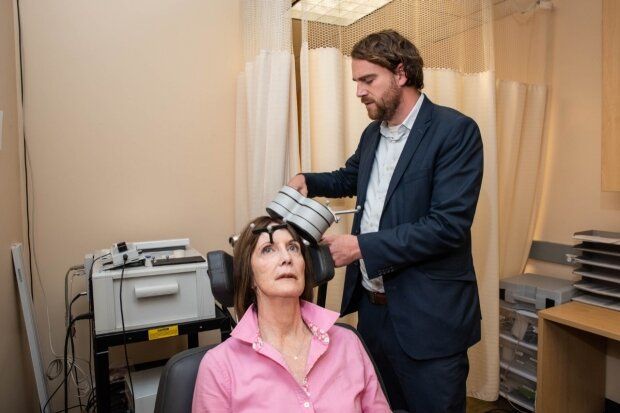
A targeted therapy, currently being studied for treatment of certain cancers including glioblastoma, may also be beneficial in treating other neurologic diseases, a study at the University of Cincinnati shows.
The study, being published online April 6 in the journal EBioMedicine, revealed that the effects of a therapy delivery system using microscopic components of a cell (nanovesicles) called SapC-DOPS may be able to provide targeted treatment without harming healthy cells. This method could even prove to be successful in treating other neurologic conditions, like Parkinson’s disease.
This study is led by Xiaoyang Qi, professor in the Division of Hematology Oncology, UC Department of Internal Medicine, and Ying Sun, research professor in the UC Department of Pediatrics and a member of the Division of Human Genetics at Cincinnati Children’s Hospital Medical Center.


















